Rubbinnik is a rippalistic - this is a fairly common plant for those who want to improve their territory, to make it unusual. This plant belongs to the family of multicolored. The main feature is the leaves that resemble Ryabin, and at different times of the year their color can significantly change.
Also, many daches make a choice in favor of the Rubberry due to long flowering and their pomp, thanks to which the plant becomes a kind of center of the site. Rubbinnik is too unfolding early and almost later most plants prepared for the winter.
In this article, we will consider the main features of the abnormal rowannik, as well as analyze the specifics of planting plants and care.
Features of the rubberry rippalliste
- It is most important to pay attention to the fact that the abnormal rowannik is often found in Asian countries. It is possible to put it on the territory of Eastern Europe, but there is no confidence that the plant takes on, and will delight with his bloom. The only exit is to create all the necessary conditions so that the Rubbinnik demonstrate at least a small increase.
- In the wild, the abnormal rowannik meets near the banks of the rivers, as well as on various edges. Often these are whole groups of plants that form large thickets.
- The leaves of the rubberry are reminded that there is a rowan, but in the case of a plant that is discussed in this article, the edges are pointed up.
- Also Rubbinnik has white-yellow flowers, which are distinguished by a pleasant smell, as well as an attractive appearance.
- Blossom of shrubs occurs since July and august. This is quite a long time. However, the most interesting thing is that the two- and three-year shrub blooms every year.
- Given that Rubannik is often found in the East, it is resistant to low temperatures. The plant can be called universal, since when landing almost in any type of soil it shows a rapid growth. Despite this, experts advise landing precisely to do moistened soil.
- Landing the rubberry is often performed on the slopes to strengthen the soil slightly.
Therapeutic properties of the ripper
Rubbinnik is the plant that is an indispensable resource for many medicines.
- The most important thing is the presence of Kumarian, flavonoids and phenylethylamines. These substances in large quantities are used for the release of drugs and various medical facilities.
- In folk medicine, Rubannik also does not graze the rear. According to many people on the basis of a rowannik, an excellent antimorronic agent is created.
- Fans of folk medicine are created on the basis of the ripper of the tincture, which are added during the reception of the bath. Accordingly, there is an opinion that after such procedures, human skin becomes gentful and velvety.
- When uterine bleeding, a decoction of the ripper can help a little. Of course, with such serious problems you need to go to the doctor, and a means on the basis of the bandnik can only be an addition to a full-fledged treatment.
- The roots of the rubberry are used separately. They are used for various poisoning, diarrhea and disorders.
- With gynecological problems, the bark and leaves of the plant are used. Sometimes the same bark turns out to be a good tool against worms.
- The sworded flowers are used as a basis for creating herbal tea, which helps to cope with various soul diseases, for example, with angina.
Existing rowannicker varieties
- Felt. Such a rowannik is placed on steep slopes. The main difference of this variety from others is the absence of flowering. As part of private territories, the felt ripper is extremely rare. You can also note the poor tolerability of cold weather, during which the plant may die.
- Sort Pallas. This variety is found in the Alpine location, mainly on steep slopes. It is often found within the framework of the country's territories, as externally shrubs are small and attractive. The leaves have a specific dark green color, and the flowers are distinguished by white petals. Unfortunately, the trunks of this rower quickly lose their strength.
- Tree. This is most likely the most unusual grade of the rowannik, since the height of the tree shrubs reaches 6 m. Moreover, they also bloom - since July and ending with August.
- Rubbolist rowannik. This is exactly the grade in this article.
Rubberbon is rippingly. Place for landing, soil preparation
A ripolycase rowannik cannot be called demanding to the landing site, however, in order to ensure the active growth and attractive appearance of the shrub, you need to know about several details.
- The choice between the solar section and darkened does not matter much. The rowannik is actively growing in both cases, and even better it is a combination of conditions.
- Wet soil is the best that you can offer Rubbinnik. However, the humidity must be moderately, as many water can create a lot of problems for the plant, in which the rowannik can die at all.
- A landing place can be processed by organic fertilizers, due to which the growth of the rower will significantly accelerate.
- It is advisable to provide drainage so that even when the plant is excessively, there were no problems.
Rubberbon is rippingly. Planting process
- Landing the rubberry occurs during the spring. You can do it early in the spring, as the plant easily transfers freezing.
- You need to die out, the depth of which will be up to 40 cm. As for the width of the pit, then 80 cm can be limited to, as we are talking about the further reduction of the rubberry.
- If landing occurs on a thorough slope, it is necessary to create small circles from the soil, which resemble a field funnel.
- As large volumes of fertile soil can be used, so that growth is guaranteed rapidly.
Features of the care of kapanolistic rowannik
- The most important thing is to support soil moisture around the plant. In addition, the soil must be in loose state.
- Other cultures can grow around the rubberry, but we cannot allow weeds. They negatively affect the plant, even if it is already a completely adult ripper.
- You can use the organic, compost and peat as fertilizers. Too often, put a fertilizer a rowannik should not, because it will not give it any sense. Approximately 2-3 times in the season should be used by one of the types of fertilizers.
- Many plant crops show a good height after soil resistance, but not only a ripper. Such actions can significantly harm the shrub, even if active growth occurs.
- So that the bush remained attractive outwardly, even a few years after the landing, during the spring it is necessary to pruning the plants. This is a fairly common practice that is based on the need to maintain a living hedge with a height of 1 m. Fortunately, these actions are not reflected in alive hedges, as the flowers are growing already on a new increase.
- Trimming the shrub allows you to control the height of the ripper, and its width. But it should always be remembered that it will not be possible to correct errors with incorrect pruning, so you need to do everything carefully and accurately.
- Do not forget that many plants are specially prepared for the winter season. However, in the case of a rippallist rowannik, we have a slightly different situation. A shrub with ease tolerate even harsh frosts, so no additional actions for the preparation of the plant are carried out.
The reproduction of the ripper is rippalliste
There are 3 reproduction options of the rubberry:
- dividing bush;
- root offspring;
- stalling.
Experts recommend to look closely to the last option, since ultimately there is a high probability of obtaining a large and fast-growing plant.
As for seeds, in the rarest cases and this variant of the reproduction is used, but it should be borne in mind that the probability of climbing in this case is close to zero. Shining is the most optimal option also for the reason that the purchase of cuttings do not have to spend a lot of money.
Diseases and pests of the Rubbinnik Ranger
According to experts, the rippalistic rowannik is the plant that is almost invulnerable to various pests and diseases. From part This information is true, but I would like to say that solely in rare situations pests still have a place to be.
- Aphid. This pest negatively affects a tremendous amount of plant crops, and in many cases, the TLL may also apply an irreparable blow. You can simply determine the presence of the TLI: the leaf leaves will begin to turn around, and a little later the tips of the leaves dry out. To cope with this disease, you need to purchase the appropriate composition in a specialized store. Fortunately, such products are now more than enough. As a budget solution, it is possible to use a solution based on garlic, dandelion and a bunk.
- Cute tick. In this case, we are also talking about the pest, which gives the problems to a large list of plants. You can determine the paw-tick on white points on the leaves. If they are only a little visible - you should immediately begin to deal with it, otherwise the problem can quickly become global. Often perform treatment based on a soap solution. You can purchase a solution of phytodemer, 30 ml of which is added to the container with 10 liters of water.
- Viral mosaic. This is another dangerous disease that is capable of bringing a plant in the shortest possible time. Determine this virus is extremely easy. On the leaves are formed yellowish stains. Numerous means are also available, which allow you to minimize the negative impact of viral mosaic. However, the most interesting thing is that it will not be possible to completely get rid of this disease. In the event that the situation is too launched, you will have to just destroy the rowannik.
Unfortunately, many alands are defined too late. These are the very situations in which to save the plant is hardly possible. With this situation, there is only one option - this is the complete destruction of the culture. Best of all the remains of the plant burn, as there is quite a large risk of infecting neighboring crops.

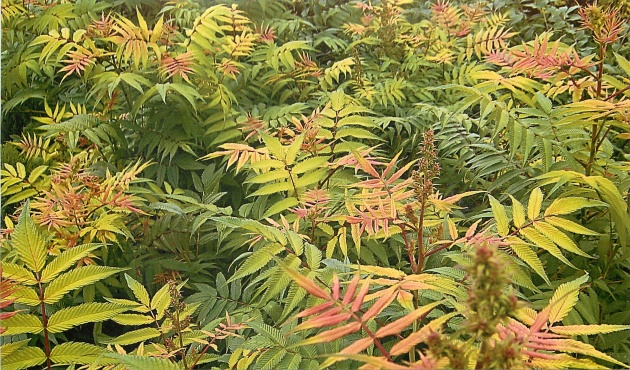
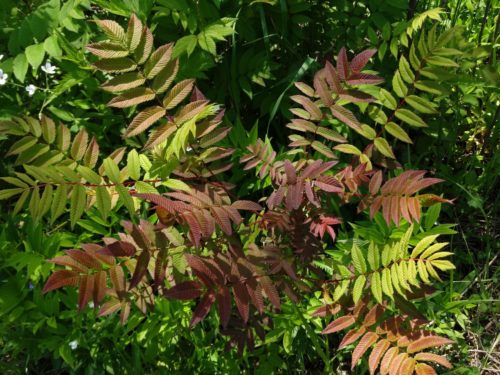
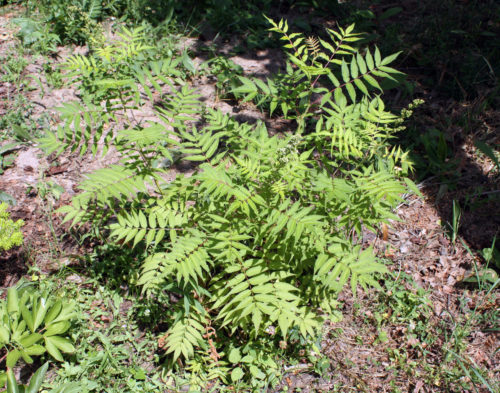
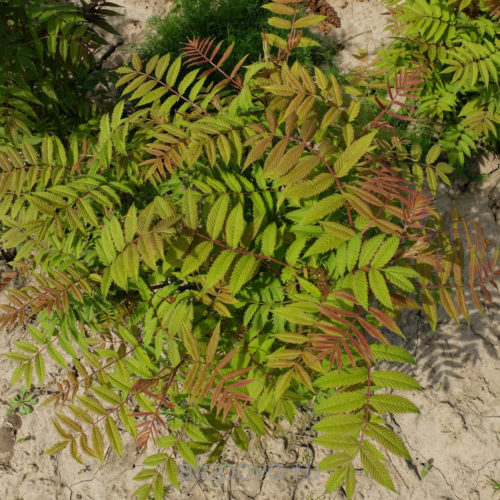
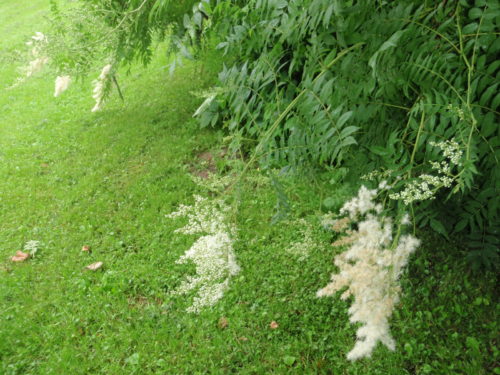
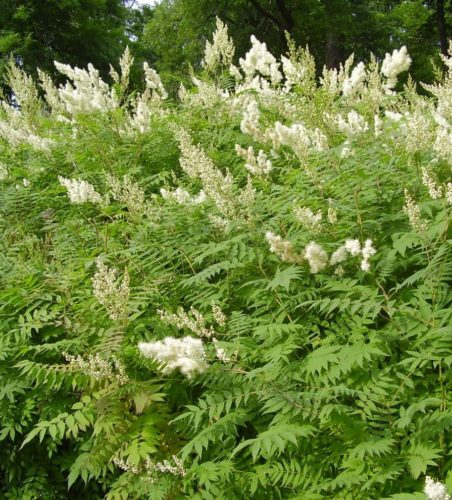












 Start a discussion ...
Start a discussion ...